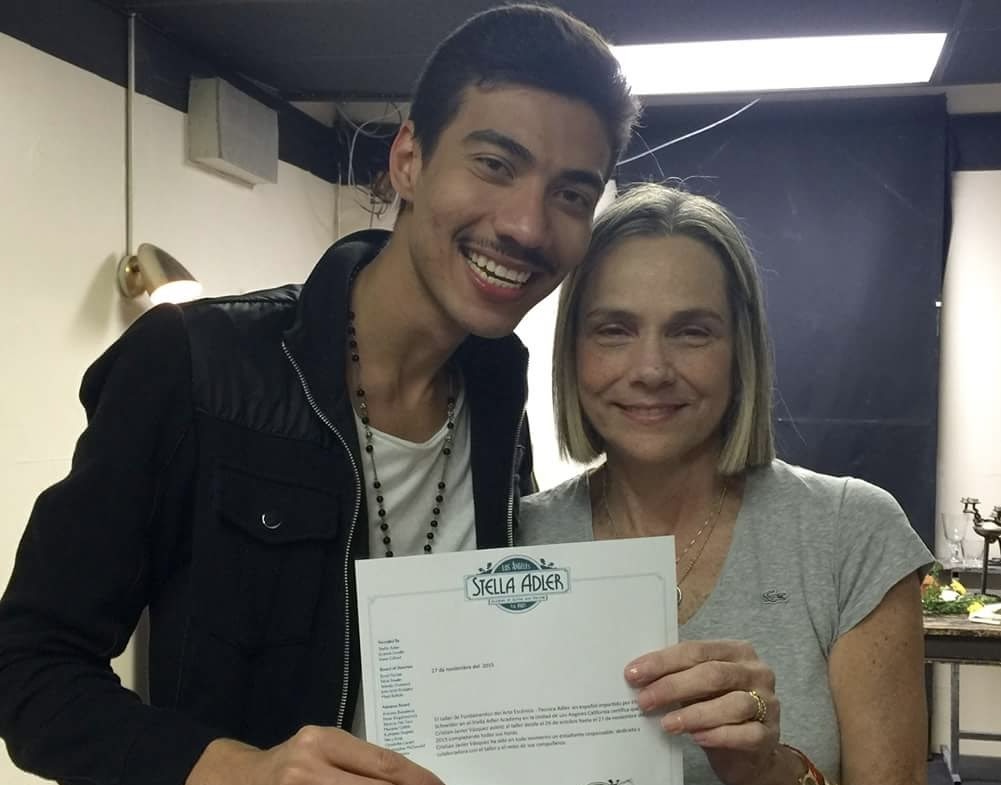(OKLAHOMA CITY, Okla.) — As fingers fly over screens, ‘doom scrolling’ through a barrage of violent imagery, the contemporary audience is ensnared by the most gruesome of stories, often oblivious to the statistical rarity of such events. It is time for local media, the architects of public perception, to eschew the sensational in favor of a narrative that captures the full, and often less alarming, reality of community life.
A stark illumination of this disparity comes from a 2020 Marquette Law Review study observing Milwaukee’s local news. It found an astonishing 61 percent of crime coverage dedicated to homicides, a figure disproportionate to their actual occurrence. The trend is not new; in the 1990s, crime stories consumed 75 percent of TV news broadcasts, painting a grim picture far removed from the broader decline in violent crime rates.
This consistent exposure to crime coverage feeds social media algorithms that call for more of what people watch as well as America’s fascination with the morbid, which, in turn, makes media outlets and tech companies profit. However, this often comes at the expense of a public fearful in their communities and uninformed of the real crime rates across the country.
According to a Gallup poll, when asked, “Is there more crime in the U.S. than there was a year ago, or less?” between half and three-quarters of respondents answered “More” for the last 20 years. Less than 10 percent answered “Same.”
Even with an increased rise in population during that same period, crime continues to fall at a steady rate in the United States, according to the Pew Research Center and Bureau of Justice Statistics. Their data shows a steep decline in violent crime – 74 percent between 1993 and 2019.
Media outlets can help shift that public perspective by rethinking their approach to crime coverage and reassessing what counts as “newsworthy.”
Kelly McBride, the Senior Vice President and Chair of Craig Newmark Center for Ethics and Leadership Poynter Institute, said, “Most crime stories are the junk food of the daily news budget. Nobody wants to run them, but breaking the habit is incredibly difficult.”
Many news outlets, from local to national, have taken on that challenge and started to change their attitudes toward crime coverage. The AP stopped naming suspects while reporting on minor crimes in the summer of 2021, and the Boston Globe began accepting appeals for new stories to be taken down that mention them and past mistakes through their Fresh Start initiative.
Others have traded in the traditional “crime beat” altogether for “criminal justice” or similar subjects, focusing instead on how the stories covered affected the community at large or looking at crime in terms of trends and patterns. That has included figuring out what their town or city needs from this type of coverage in the first place.
McBride and Poynter began a newsroom training course on covering crime in the last few years. They found that digging into a community’s history and demographics led to each newsroom developing a sort of best practice for reporting. That often included refocusing content away from sensationalistic coverage and toward what was affecting citizens’ daily lives. It is easy for media outlets to take advantage of public fear of never ending violent crime that has lasted decades to make money, especially when social media and smartphones make access to crime stories and violent content easier than ever. The popularity of true crime podcasts and documentaries speaks for itself.
However, it remains the media’s responsibility to turn the tide of coverage based on data and newsworthiness. Newsrooms should take advantage of training courses (like the one listed above), talk to other outlets about their approach to crime coverage, and ask their viewers and readers what information would help them in their daily lives. Each community is different, and coverage should reflect that. In the end, the goal is to provide the public with what will keep them safe, yes, but also what will help them be an informed citizen. Violent crime coverage – most of the time – doesn’t do that.


